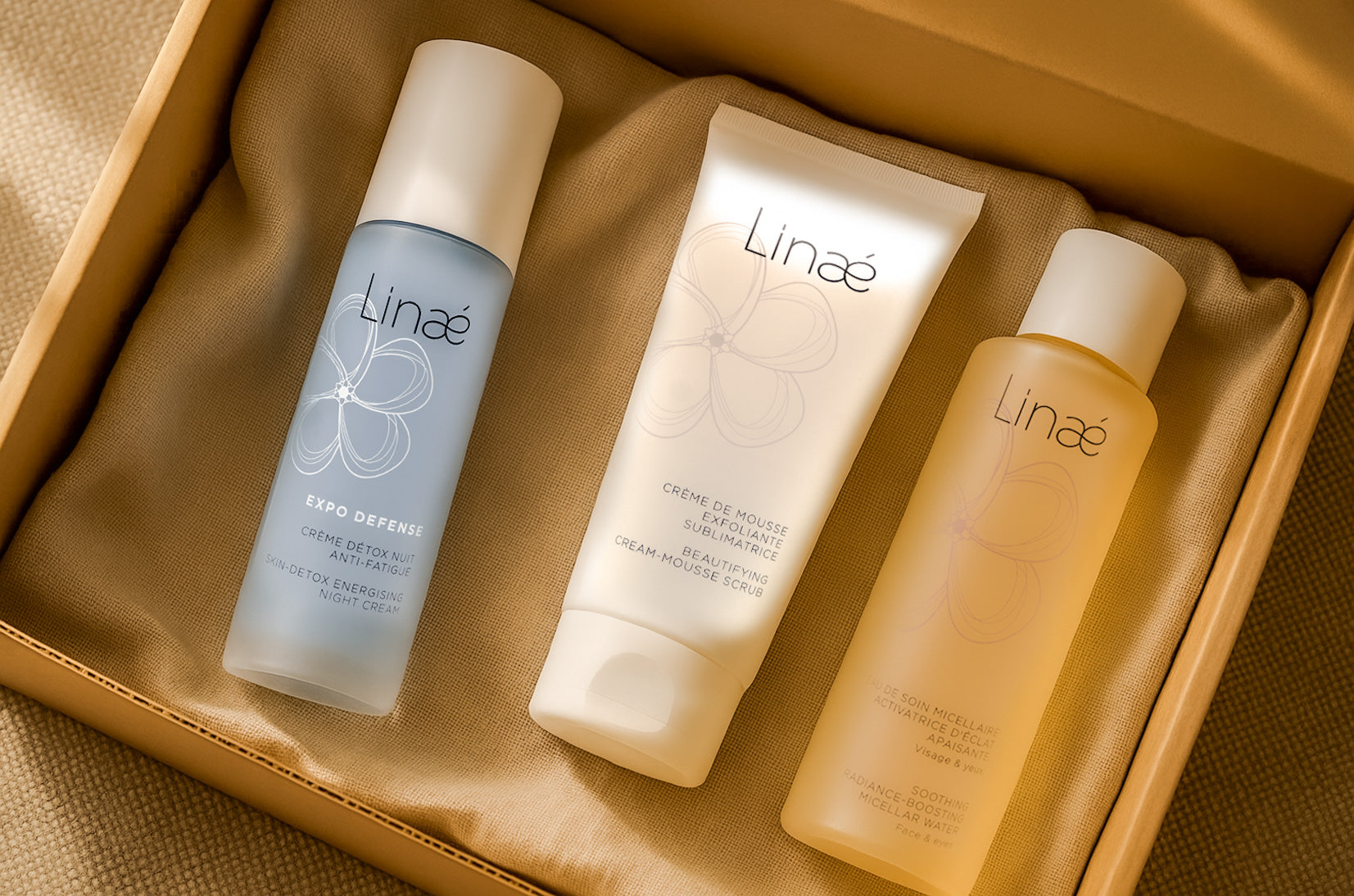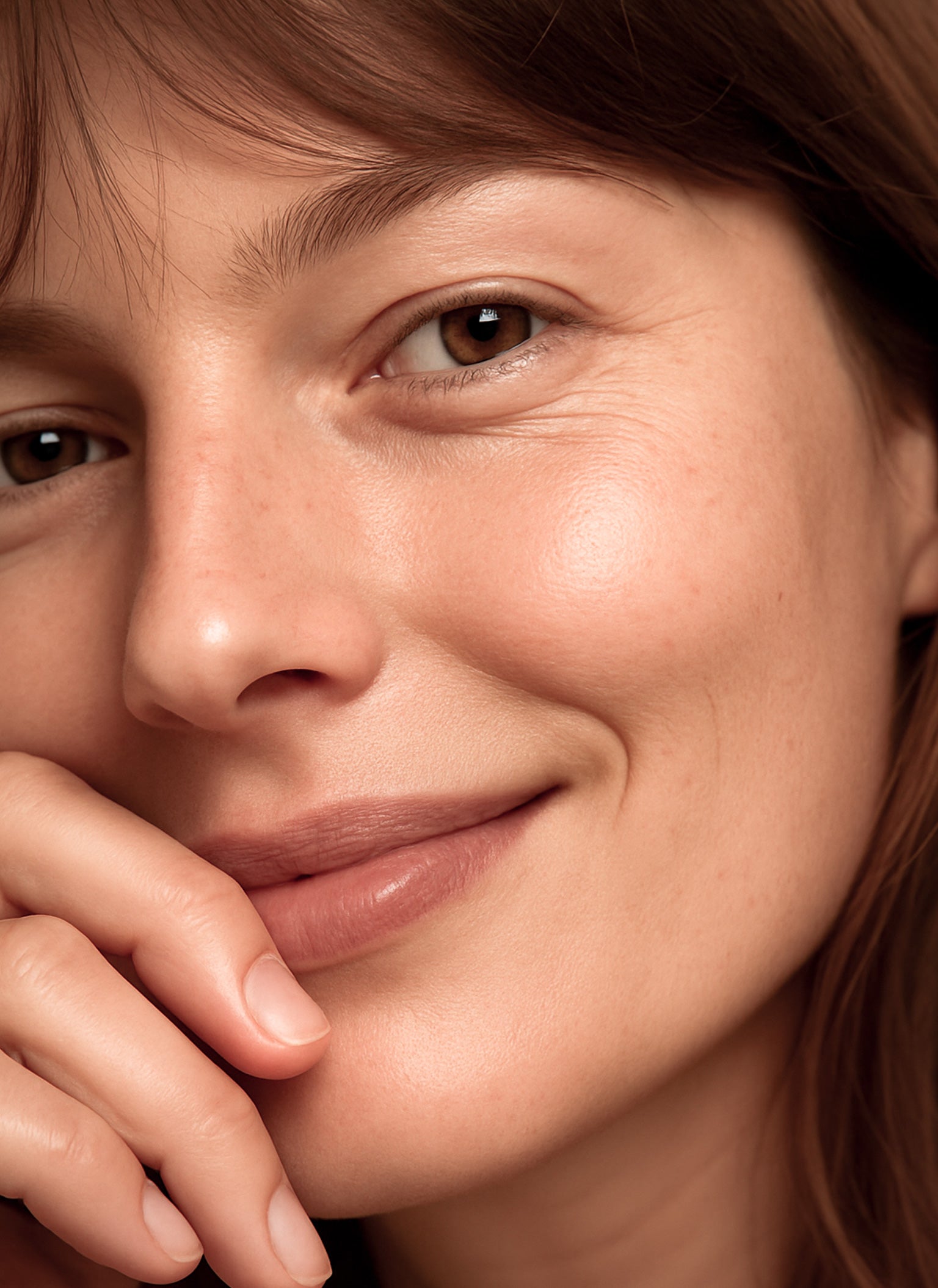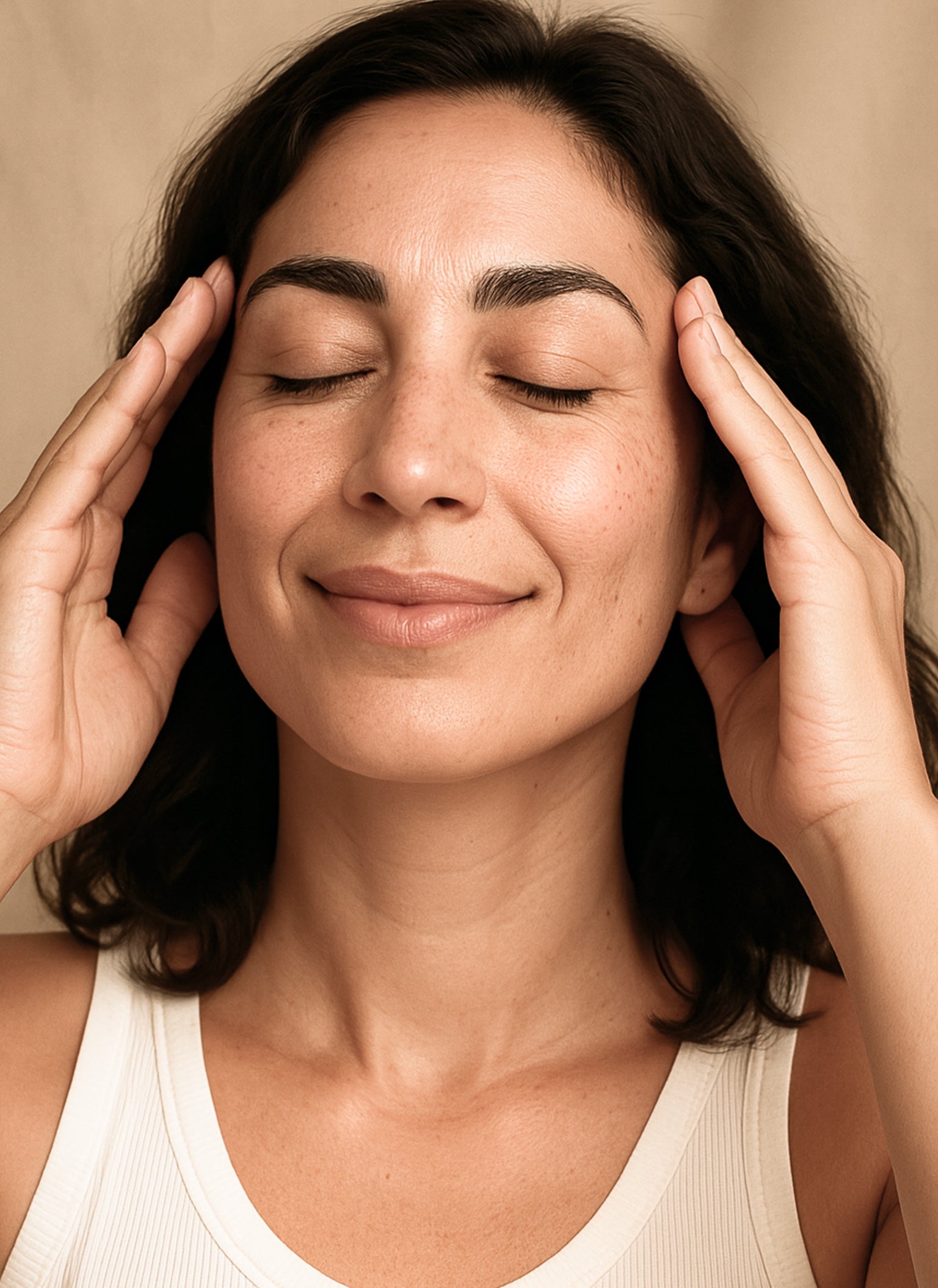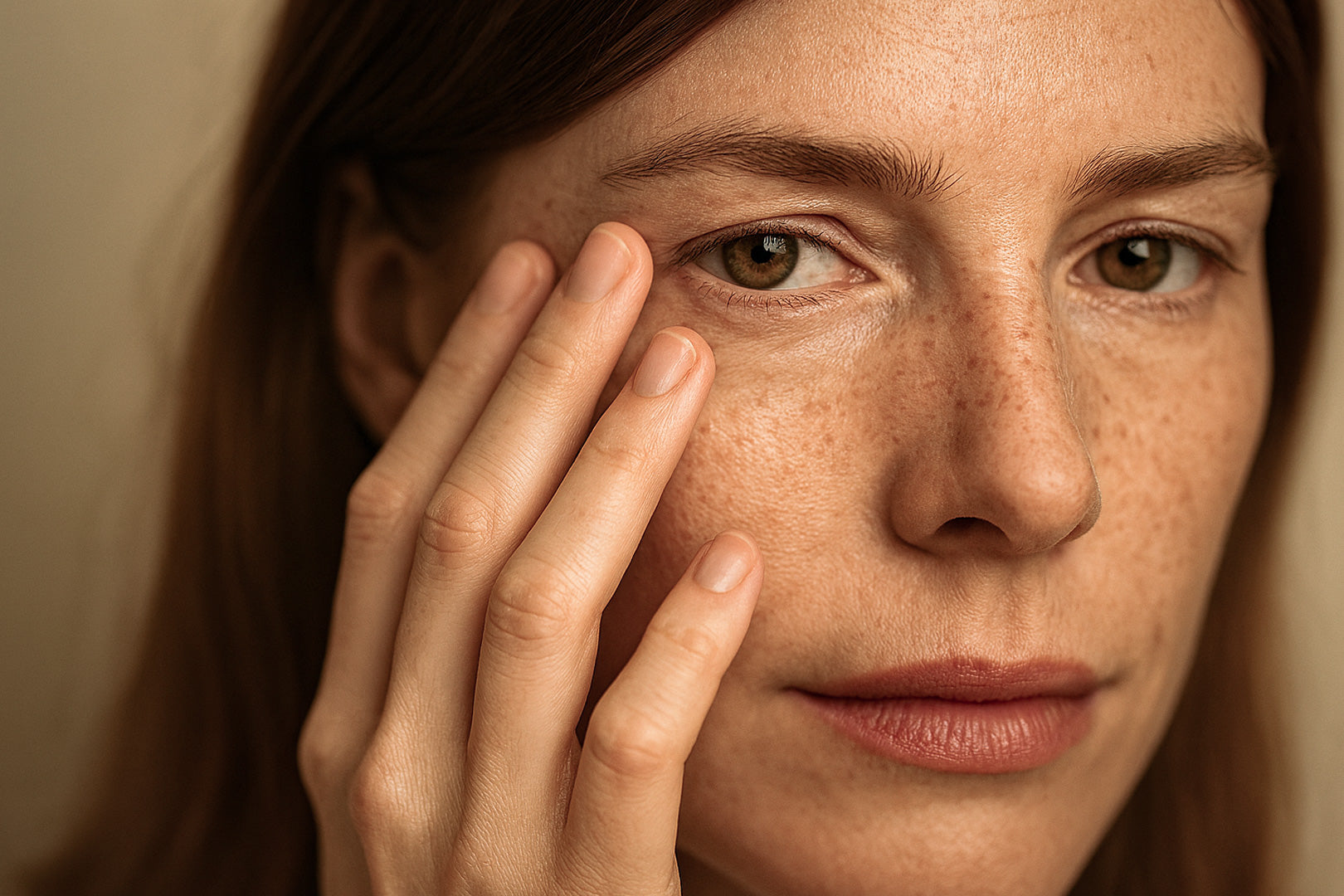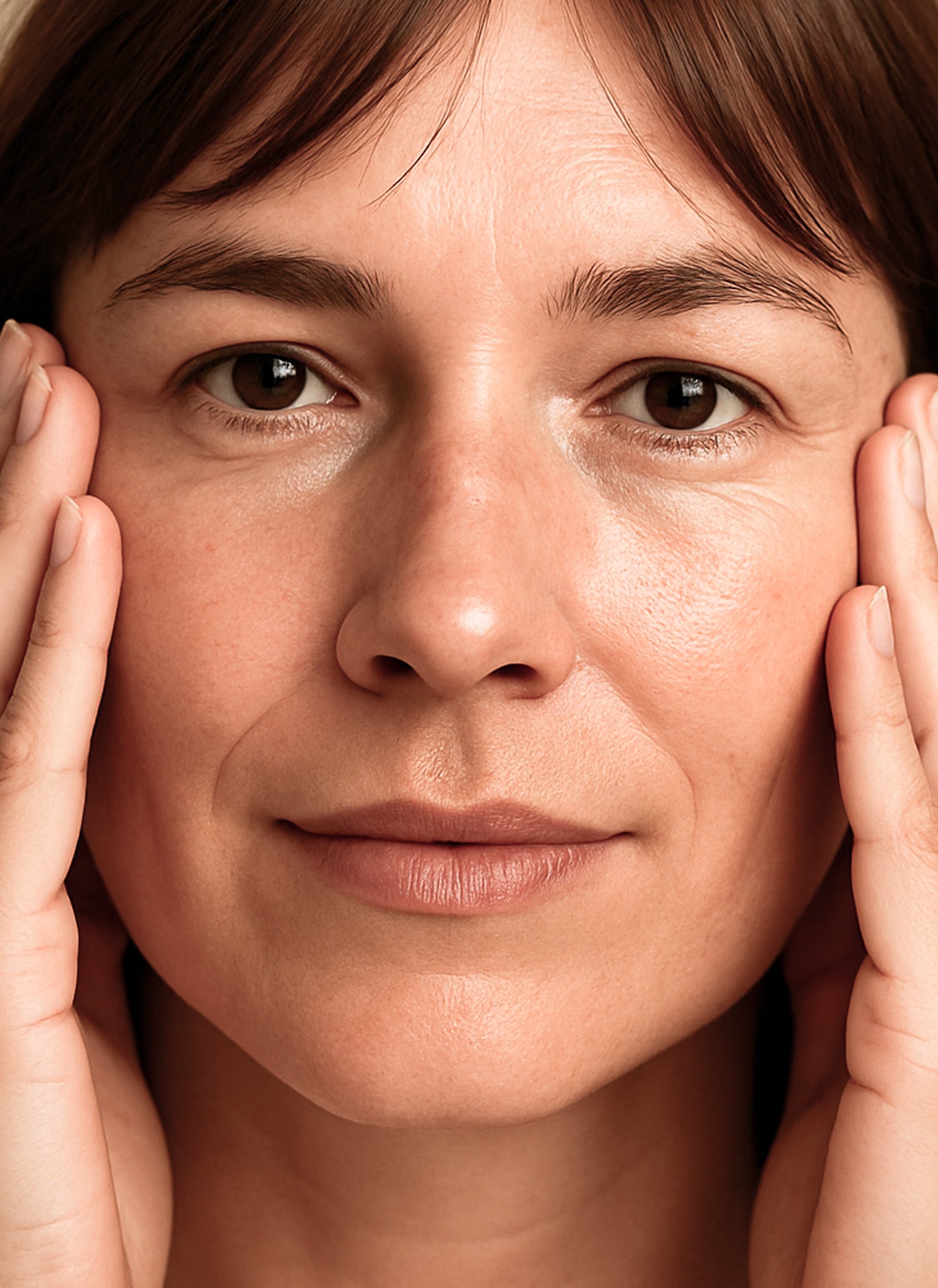Linotherapy is a treatment approach that highlights the benefits of flax for the skin.
Natural, plant-based, locally grown, it has moisturizing, restorative and soothing properties for the skin, recognized for centuries.
Zero waste, requiring very little water, it's the key ingredient for natural, effective, and eco-responsible cosmetics. With its exceptional powers, it's the basis of all our products.
Flax is the quintessentially gifted French ingredient.
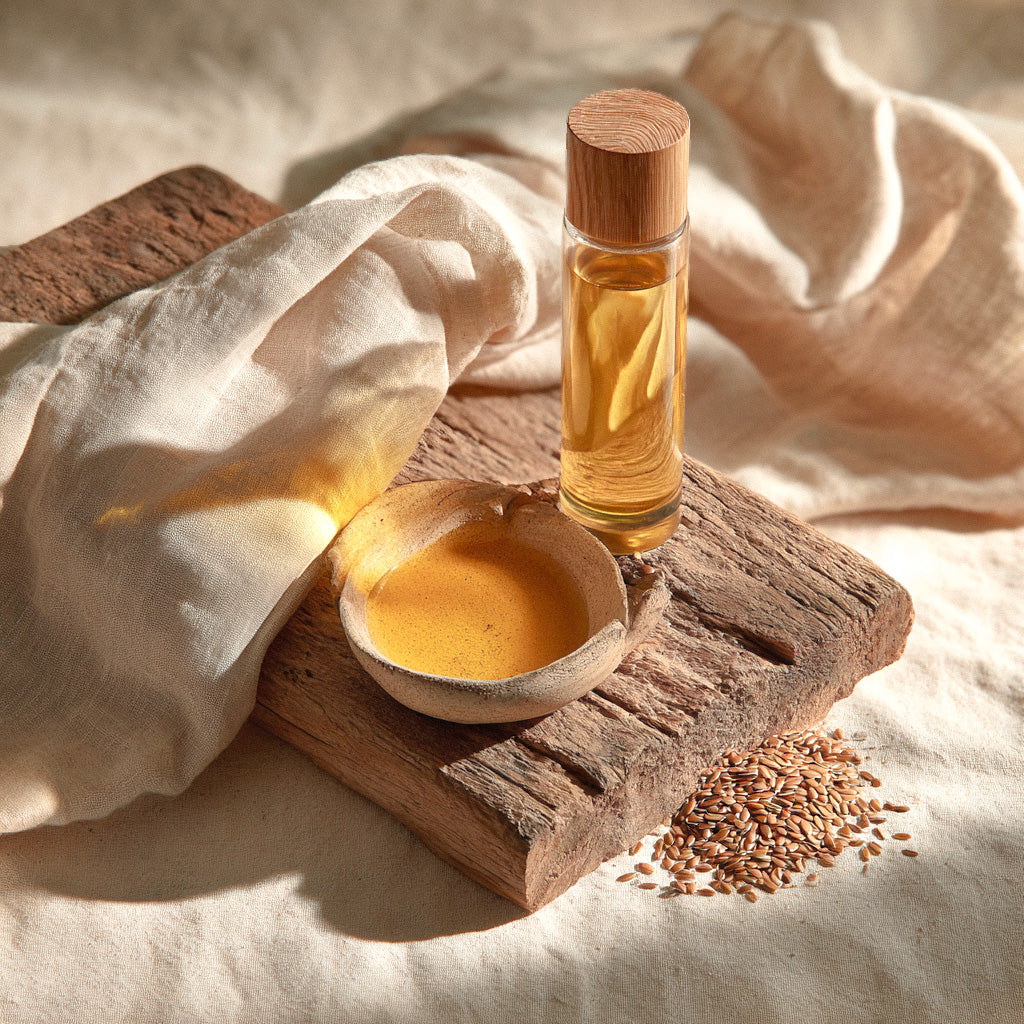
Linseed oil
One of the oils richest in essential fatty acids (Omega 3), flaxseed oil has soothing, anti-inflammatory, healing, nourishing, and smoothing properties.
Flaxseed oil is suitable for all skin types: dry, combination, oily and even the most sensitive skin.
At Linaé, we follow the cold pressing process in the oil mill to have our own organic linseed oil exclusive to the brand and allow us to guarantee exceptional quality.
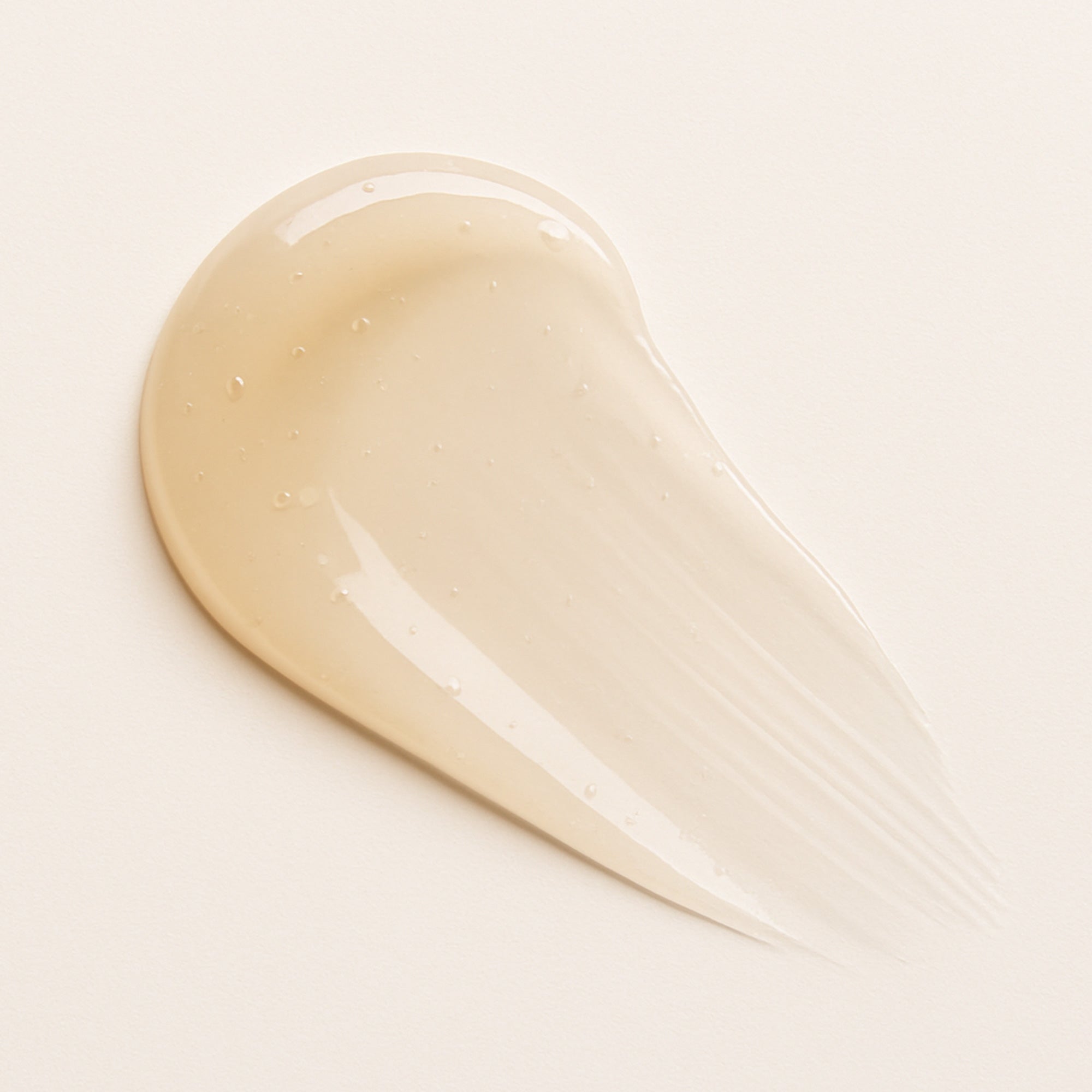
Linen gel
Flax seeds are rich in mucilage. It swells upon contact with water, forming a viscous substance: flax gel.
In cosmetics, the use of this gel is very interesting because it acts as a "hyaluronic acid like" and guarantees a very high level of hydration. Flaxseed gel also has softening and plumping properties.
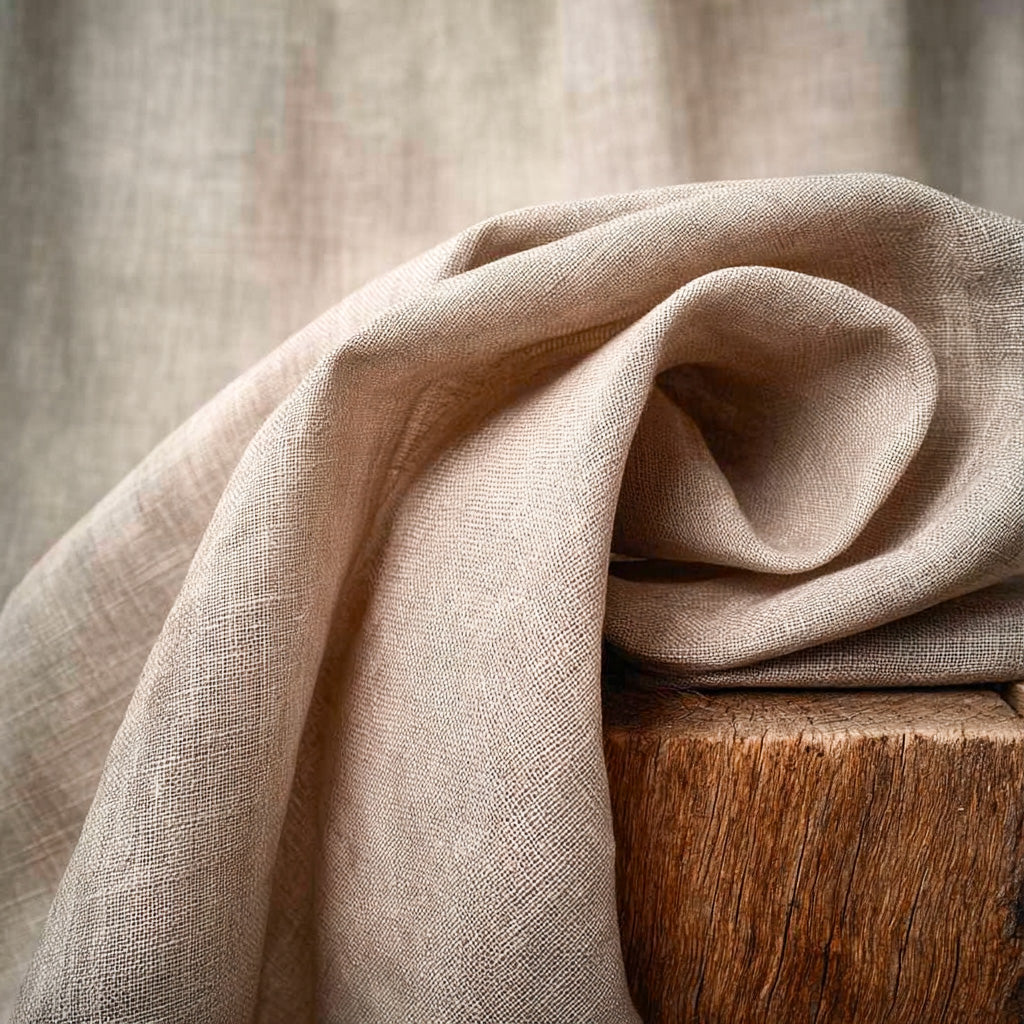
Textile flax
It is a thermoregulating fabric. It therefore provides a feeling of freshness in summer and retains warmth in winter. Pure linen is therefore very popular as bed linen, both in summer and winter.
It is hypoallergenic. It is a healthy material that has a beneficial effect on dermatological conditions and does not irritate the skin. It is also an absorbent fabric. A linen fabric can absorb 20% of moisture without feeling damp, and it also dries very quickly.
Finally, linen fabric is very durable. It also doesn't fluff or lose its shape, and the more you wash it, the softer it gets!
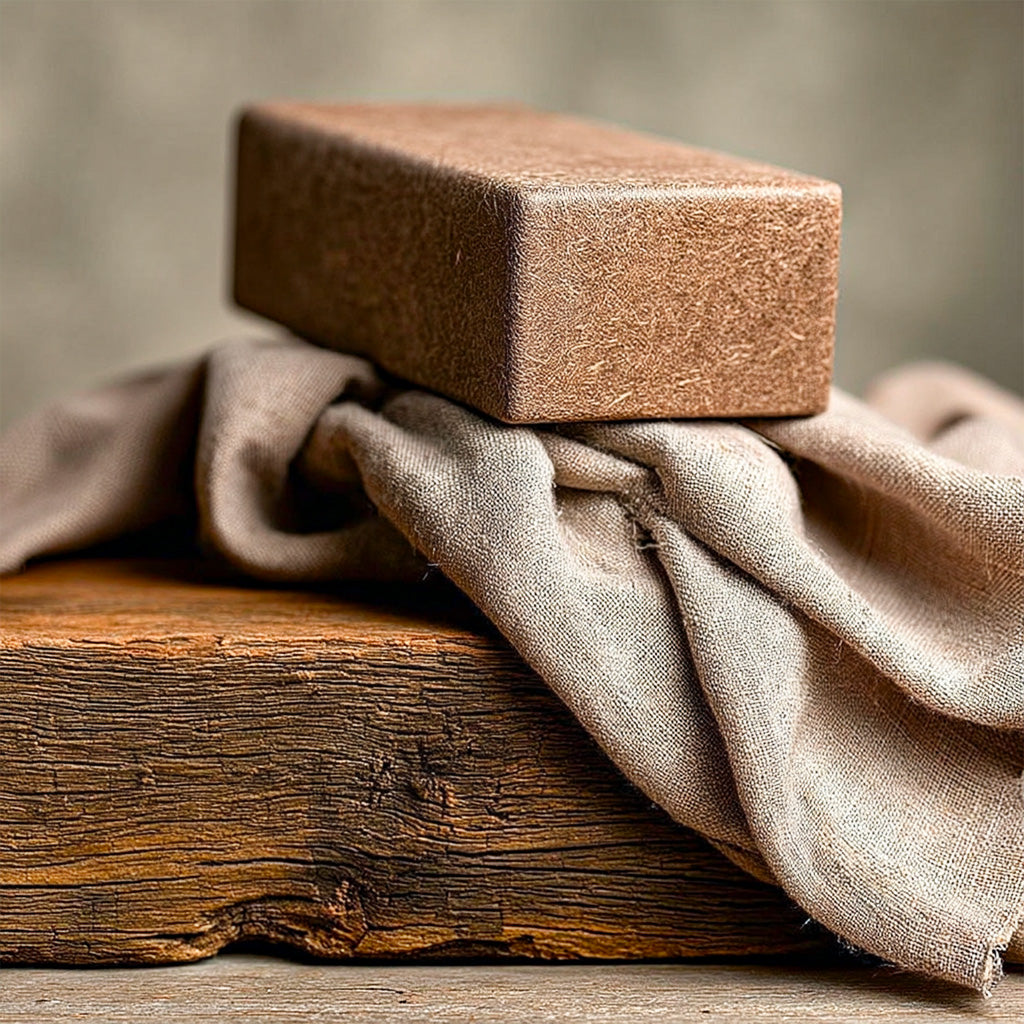
Composite linen
Linen can also be used as a bio-sourced material made from flax fibers and 100% natural components.
At Linaé, we use this biodegradable material to develop our displays to replace plastic. It is produced in Normandy using local resources, near the fields where flax is grown.








































































